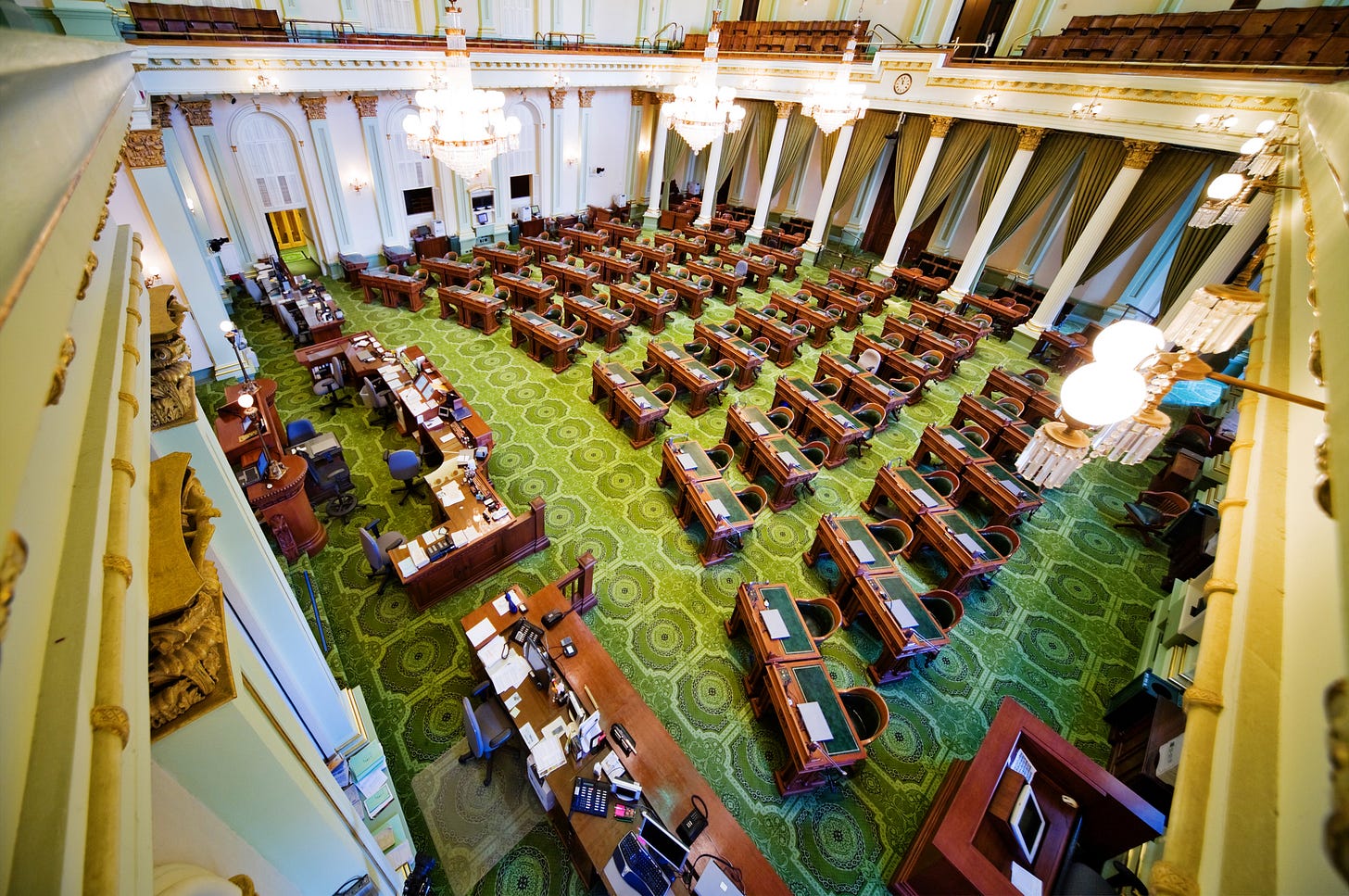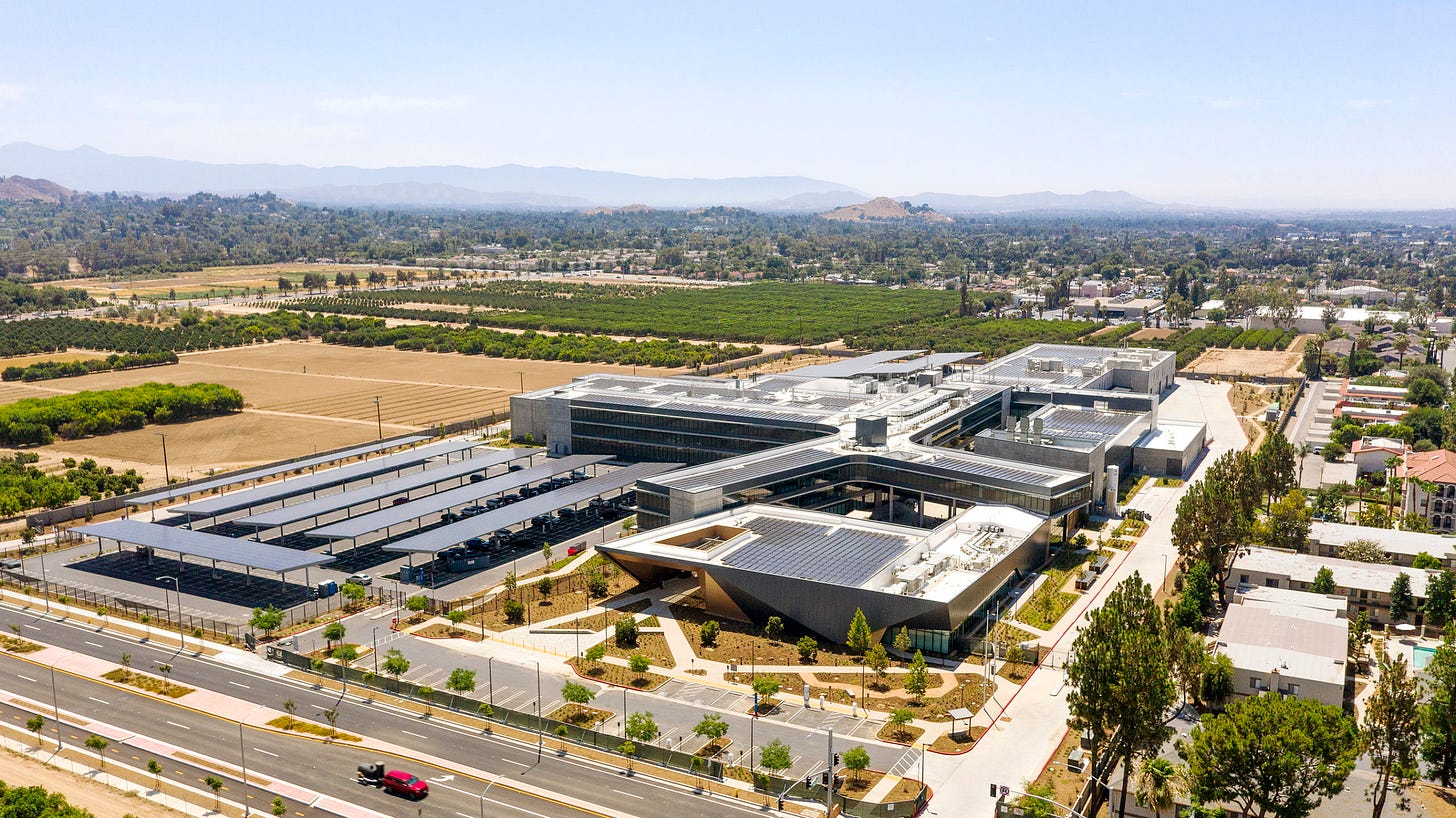Low CARB Diet
California’s environmental extremists look to wreck the US economy.
“Whatever starts in California unfortunately has an inclination to spread.” – Jimmy Carter
We have long marveled at the power that can be wielded by a determined and vocal minority faction in a democratic system, giving them a level of control far beyond what their polling numbers would deem appropriate. This is especially true when the electorate is closely divided, making tiebreakers disproportionately powerful. Examples abound. Jagmeet Singh, leader of Canada’s New Democratic Party, is effectively keeping Justin Trudeau in power despite having won only 12 of 296 parliamentary races outside of British Columbia in the last national election. Kevin McCarthy was ousted as House Speaker even though 96% of his caucus supported him, causing a five-month delay in US funding for the war in Ukraine. The German Greens have never captured more than 16% of the seats in the Bundestag, yet their firm grip on the country’s energy policy has led to several severe economic missteps.
The US has a version of the German Greens that identifies as the California Democratic Party. For all the attention the Golden State garners, it can be easy to forget that California is home to just 12% of the total US population. The Democratic Party’s near-monopolistic occupation of the state’s levers of power allows it to bend the arc of economic development well beyond California’s borders, primarily through the regulation of commerce. The price of participating in the Californian economy is submission to stringent environmental standards and regulatory demands. Since few companies will create bespoke products for individual states, the strictest rules become normalized regardless of their counterproductive effects on society at large.
The California Air Resources Board (CARB) is a hotbed of such regulatory overreach. Its 16 members might be mostly a potpourri of environmental wingnuts, but their impact on the rest of the country should not be discounted. While interstate commerce is supposed to be regulated at the federal level, CARB has conspired with various Democratic presidents to circumvent such constraints. We turn to a recent opinion piece in The Hill for an explanation of this bureaucratic bait-and-switch, written last year in protest of CARB’s attempt to effectively outlaw internal combustion engines in the automotive sector:
“CARB is only able to advance its agenda because the Biden EPA [Environmental Protection Agency] has reinstated special waivers from federal preemption under the Clean Air Act, which the Trump administration had previously and wisely revoked.
Such waivers, which are available exclusively to California, are supposed to be granted only when necessary ‘to meet compelling and extraordinary conditions’ involving local air quality. CARB’s climate rules obviously fail to satisfy this requirement. They were issued in pursuit of Gov. Gavin Newsom’s (D) global climate agenda, not in response to local environmental problems unique to California.
The coercive influence of CARB’s rules is compounded by the Clean Air Act’s allowance for other states to adopt California’s regulations as their own. More than a dozen blue states have already done so, which means that auto makers now face an economic imperative to engineer their national fleets to meet CARB’s demands, with terrible implications for American families in every market in the country.”
Not satisfied with dictating what Americans drive, CARB is also attempting to radically alter how goods are transported across the country. In April of 2023, CARB passed a new rule known as the “In-Use Locomotive Regulation” that amounts to an eventual ban on the use of diesel by railroad operators. The gambit requires a special waiver from the EPA before it can come into effect, and the executive officer of CARB formally requested such approval in November. Here is how he describes the regulation’s intent:
“Beginning in 2030, only locomotives less than 23 years of age will be allowed to operate in California (unless they meet the cleanest EPA locomotive exhaust emission standard) to remove the operations of the oldest and highest polluting locomotives…
The Locomotive Regulation requires that, in 2030, switch, industrial and passenger locomotives with engine build dates of 2030 or newer must be operated in a zero-emission configuration in California… Then in 2035, freight line haul locomotives with engine build dates of 2035 or newer will need to be operated in a zero-emission configuration in California.”
The rail industry and its political allies were understandably shocked by the audacity of the proposed rule change and are sounding the alarm on its devastating impacts. Are CARB’s demands even remotely achievable? What will be the fallout if the waiver is approved? Let’s jump aboard and see where the tracks of analysis take us.



